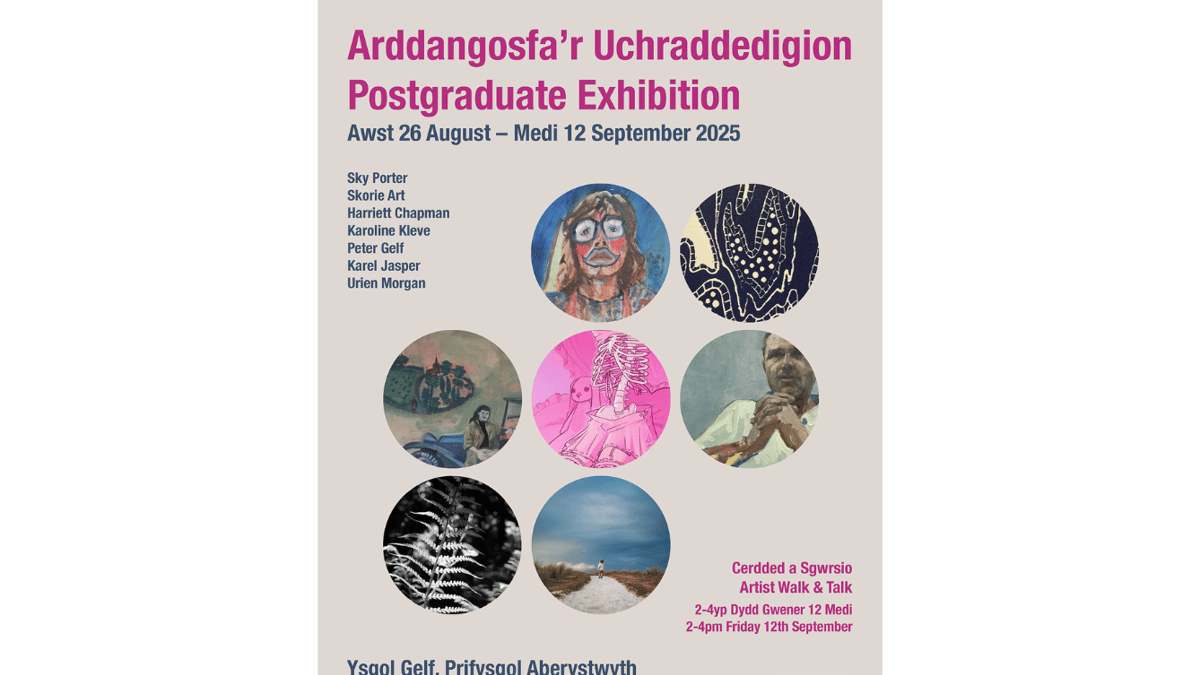A couple Topographia Index projects hang in the trees just outside. Remnants of the resident eagle’s lunch often end up on the canvas — feathers, bones and duck feet — not to mention tree resin, seeds and bird poop, all of which add to the texture of the works and the sense that these pieces track the passage of time.
Surrounded by waterways, Horton wanted to hear what the river had to say too. “I got this idea about trying to record the emotional response of the river to the world around it,” he recalls. So he created a new invention — a “tidal drawing device,” made from charred wood, old cedar floats and plumbing tubing — and set it up at a bend in the Samish River.
In this case the canvas is wrapped around a piling, with the burnt sticks of wood encircling it. As the tide rises and falls, the charcoal makes marks that look something akin to calligraphy. Silt, sediment and pollutants add to the story.
Horton says interpreting the markings produced by trees and rivers is a bit like “reading tea leaves” (maybe reading tree leaves). But in his mind, he sees signs of stress in the scribblings. Local cedars have been dying inexplicably in recent years, he notes, and the river is suffering not just from recent climate change. “There’s a long history of humans manipulating and regulating this river,” he says, pointing to its legacy of dredging and dikes.
By inventing and implementing drawing devices, then tracking and interpreting the results as the stuff of tree dreams, Horton is blending scientific inquiry with poetic license.






